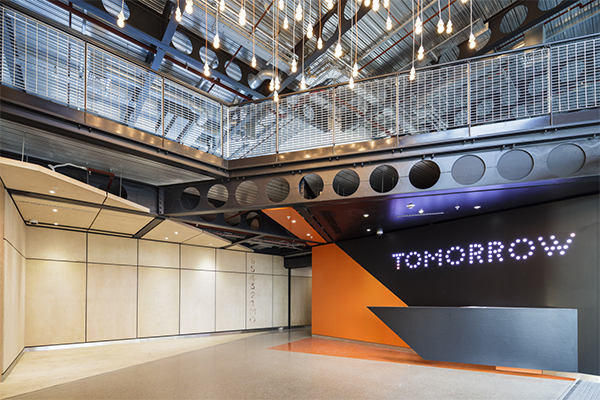
The future of hotel design
In this paper, written in 2015, Chapman Taylor Director David Wallace discusses hotel design trends.
The hotel sector has seen a shift in its approach to branded design, and, as such, architects and interior designers need to be aware of operators' changing needs and customers' expectations, and design accordingly.
Hotel design trends are changing
Design aware, fashion-conscious, tech-savvy customers are an increasingly large part of the demographic of hotel users. Business travel is no longer the preserve of senior corporate managers.
To respond to this shift, many operators have enlarged and further differentiated their brands. This is resulting in less standardisation, whether that be F+B offers, room layouts, equipment specs etc. Now you will find unique design solutions in almost every new hotel, albeit the branded name above the entrance door may be the same.
For the design community, there is now more scope for individual and site-specific designs. Many brands are focusing on the characteristics and references of the hotel’s location as a guide for the design approach. Hotels are opening daily with location-specific and unique designs, the only common visible thread often being the brand name and the rewards of the loyalty programme.
As designers, it is now becoming more important to have a clear story of how the local characteristics and design clues can influence the final design. In China for example, taking clues from the landscape, local foods, design motifs and patterns can be just as important in the design of an international hotel as is being familiar with the operational norms, specifications and standards of that brand. In fact, IHG, the owner of the Holiday Inn and Crowne Plaza brand, identified this as a very important driver for Chinese customers. They developed a new brand in 2012 just for China called Hualuxe - you could say an international luxury hotel with Chinese characteristics.
Another example is the boutique design hotel. Notable examples are Citizen M in London and Water Hotel Shanghai. These hotels identified the gap in the market of design-aware travellers looking for a different experience from the standardised internal brand. The gap was quickly filled with beautiful hotels specific to their locales. Just look at the many design solutions in any copy of HIP HOTELS.
The international brands recognised the potential of this boutique typology, and now brands such as INDIGO (IHG), ALOFT (Starwood) , Andaz (Hyatt) and Radisson Red to name but a few have flourished to service this part of the market. The design of these brands are site specific, modern and quirky. Staying in a hotel is fun again. Something to look forward to.
The future of hotel design is exciting
International brands, and the developers that build the hotels, are looking for unique and creative solutions - unusual and fabulous bedrooms and bathrooms, bathrooms with a view, bathtubs on the balconies or in the room, cool café spaces for breakfast, coffee, rooftop bars and pools, cinemas in the basement etc. These features are all now part of the elements that are expected to be part of the customer experience.
As leaders in hospitality design, we are at the forefront of current design trends within this sector.
Chapman Taylor's current worldwide hotels portfolio
We recently completed the Renaissance Marriott in Lucknow, India, the tallest hotel in the city. This 120-room, 5-star hotel features a rooftop infinity pool and cocktail bar, with great views across the city.
Last month, we started construction on the 169-room Radisson Red hotel in Mohali India, scheduled to open in May 2017.
In the UK, we are on site with the 112-room Premier Inn at MediaCity UK, Salford Quays, Manchester, due to complete March 2016.
Our Bangkok office recently completed the design and construction of the Caio rooftop restaurant for the Mandarin Oriental Hotel, Bangkok.
In Qatar, we completed the AlRayyan Hotel, Doha, from the Curio A Collection by Hilton in 2016. This brand is high-end with a distinctive local design character. It will link directly into the high-end fashion section of the Mall of Qatar, which Chapman Taylor also designed. This hotel will be the first for the Hilton brand in MENA.